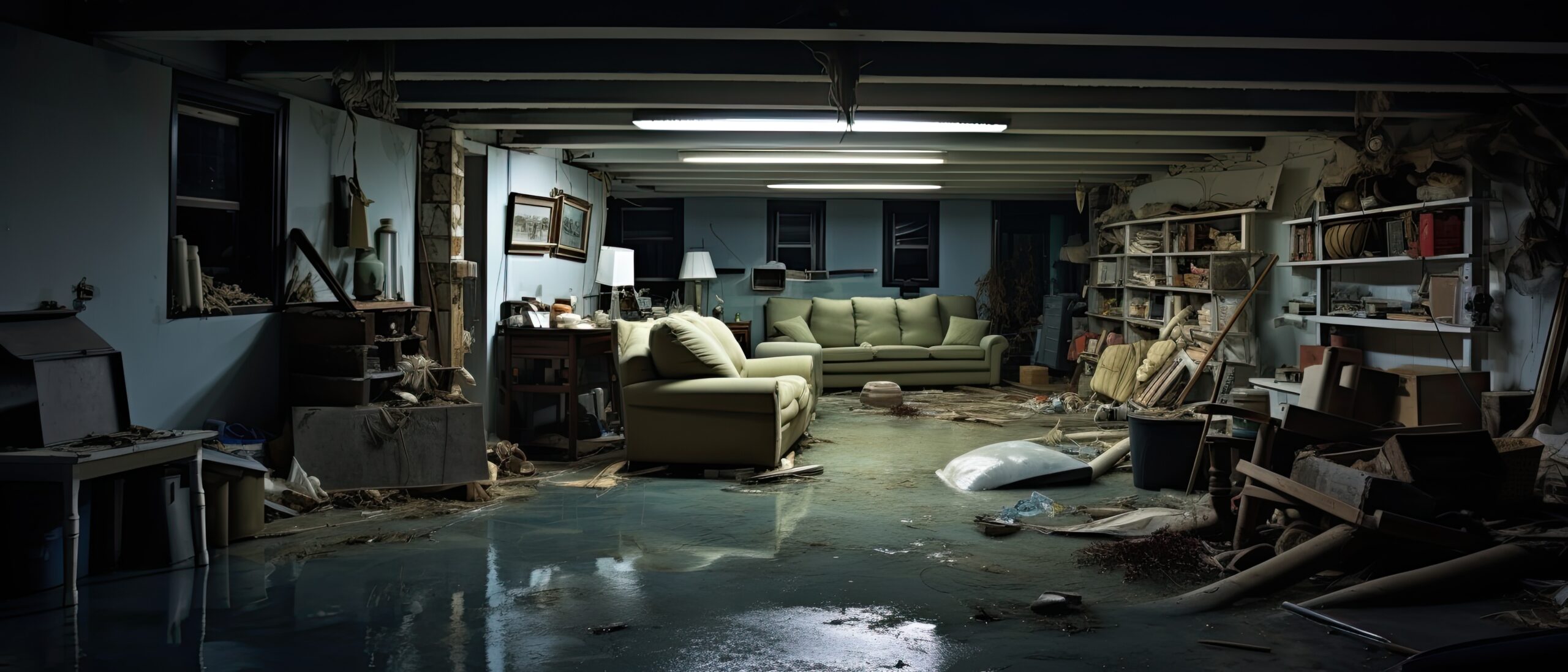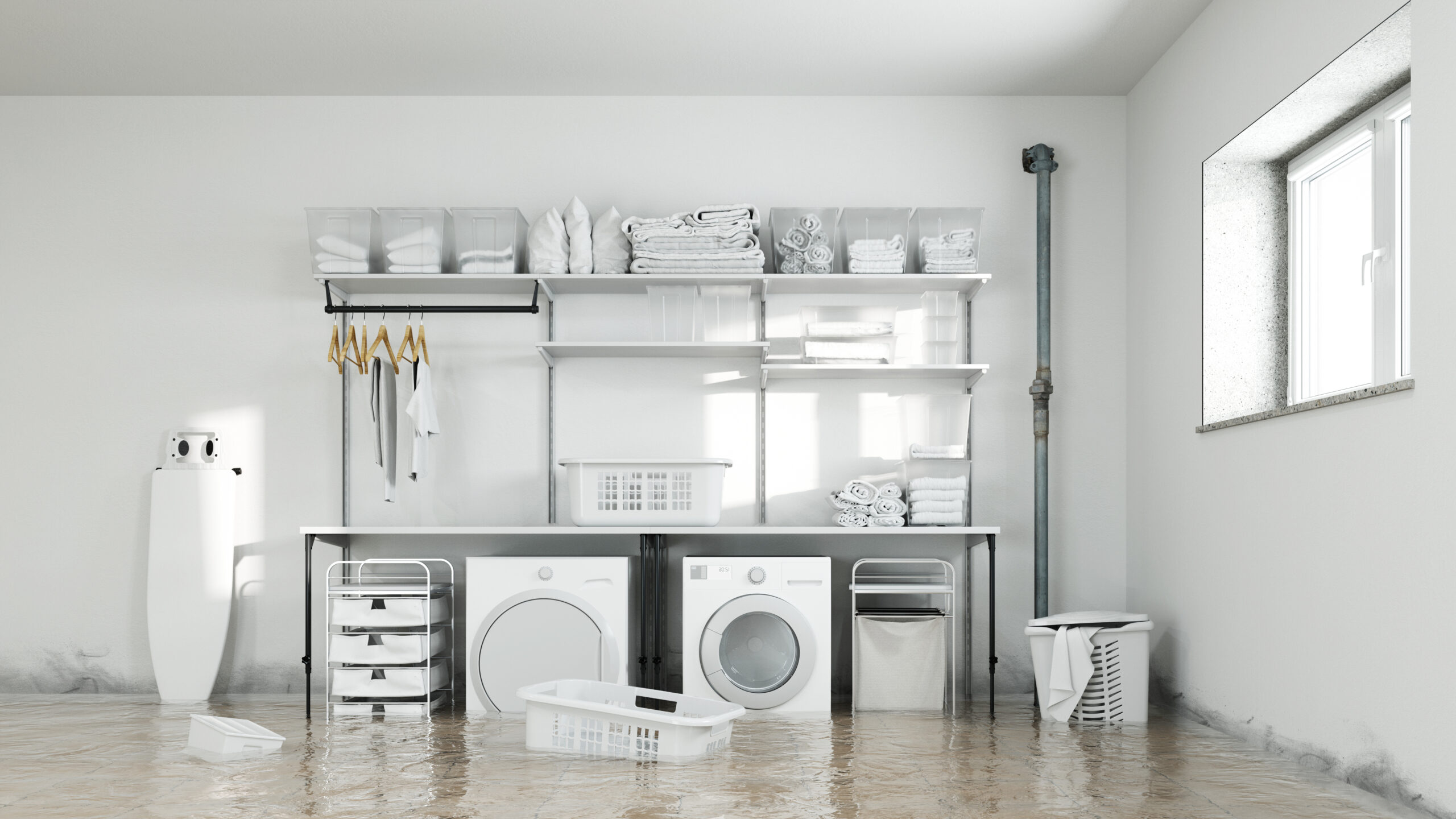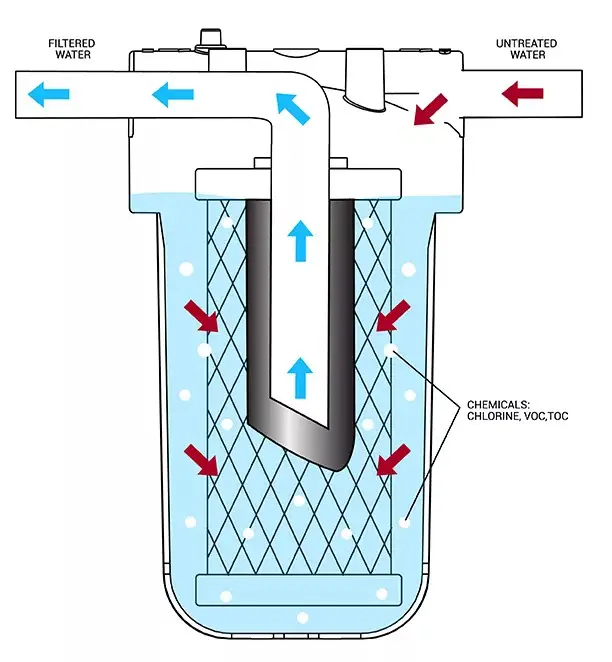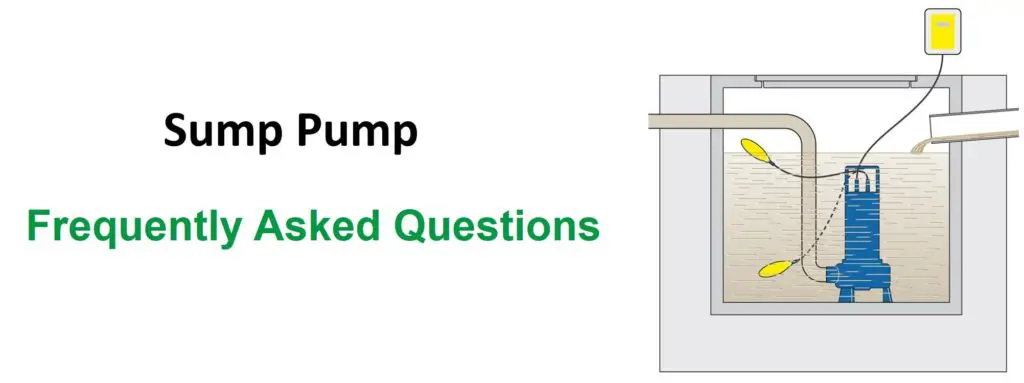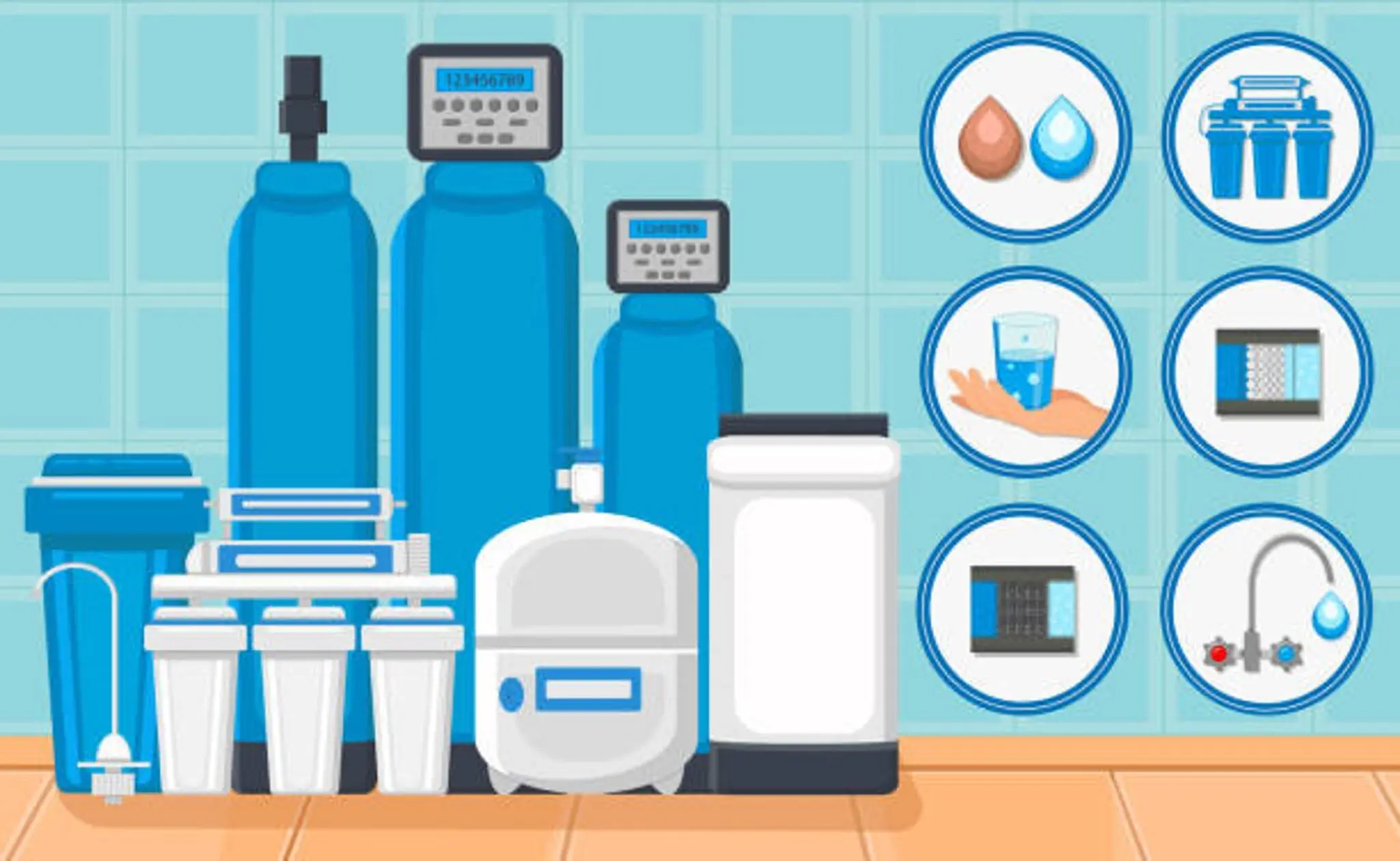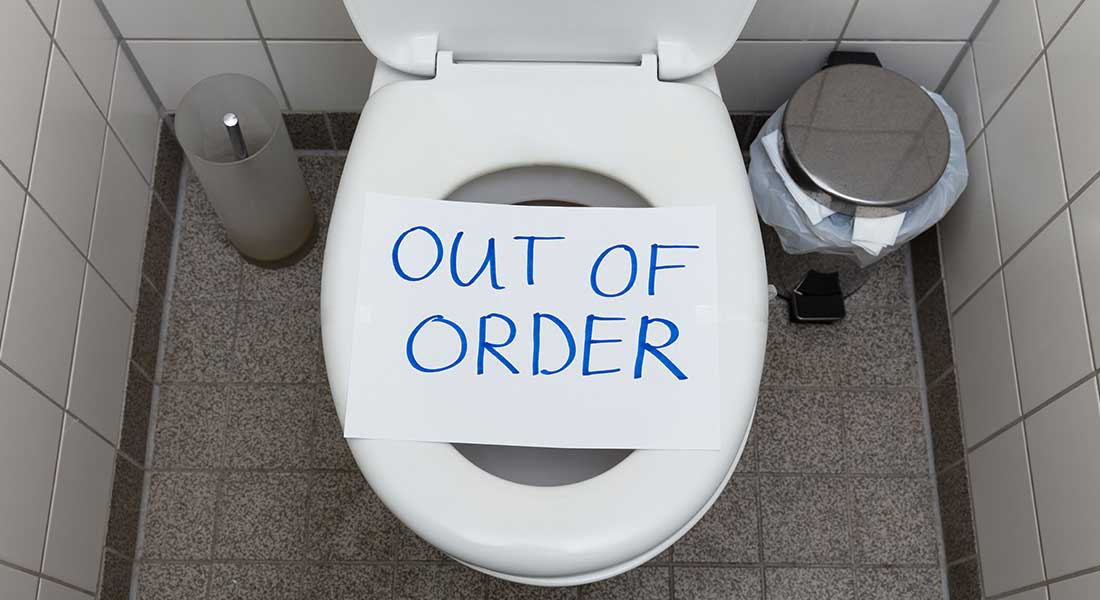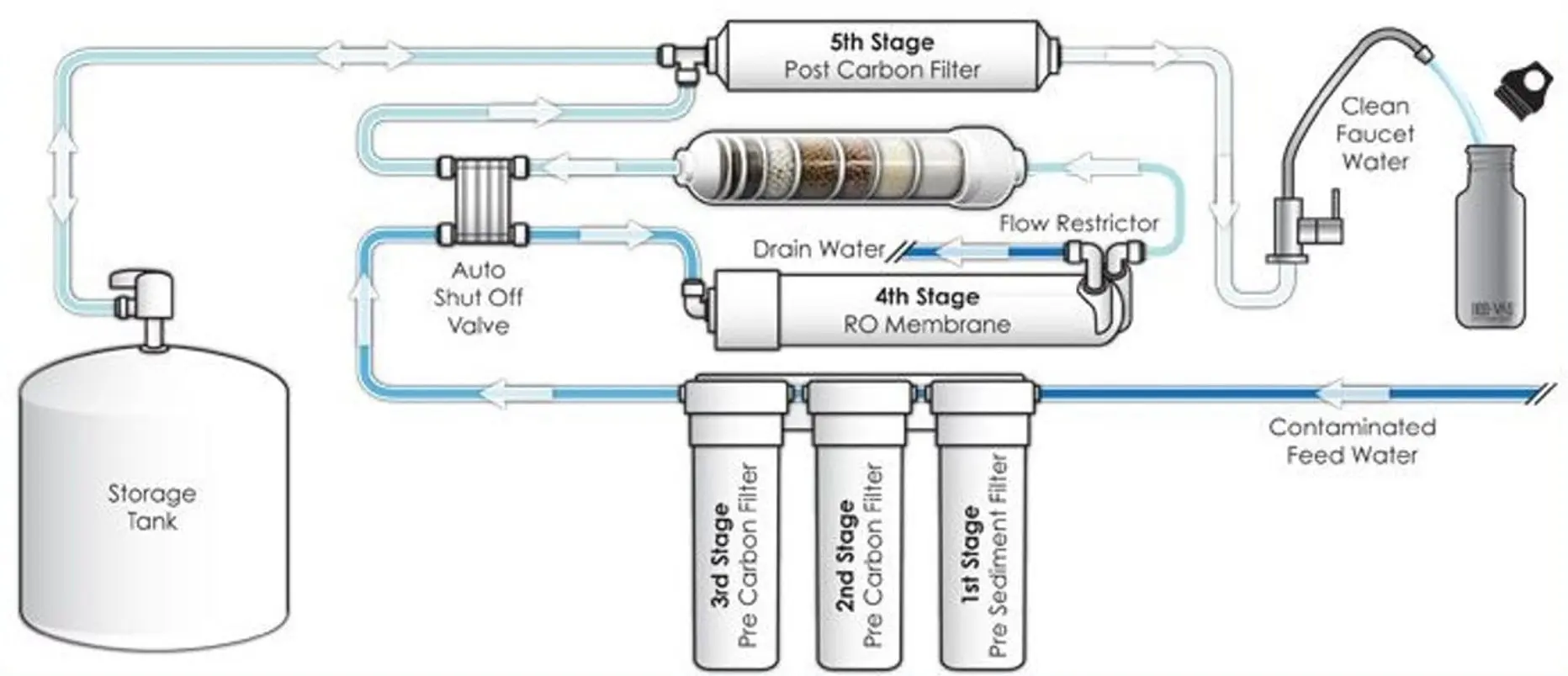Safeguard Your Basement with Expert Sump Pump Solutions in the Twin Cities and Rochester
Picture this: a relentless storm outside, but inside, your basement remains dry and secure, thanks to the power of a reliable sump pump. Water damage can wreak havoc on your home, but with the right sump pump system, you can rest easy knowing your basement is protected. In this blog post, we dive into the […]
Safeguard Your Basement with Expert Sump Pump Solutions in the Twin Cities and Rochester Read More »

